At 500px amazing photography is at our core, but these photos would not be possible without the talented people behind the lens. The 500px Spotlight series highlights the global and diverse photographers that are part of the 500px Community.
This week we are excited to introduce you to the wildlife and nature photographer, Seth Macey. He can also be found over at The Power of Wildlife Quest where he is a guest judge in one of our biggest quest yet.
Hi Seth, please introduce yourself!
Hi there! I’m Seth Macey, a Canadian wildlife and nature photographer. I’m originally from Toronto, but now reside near Algonquin Park in Ontario, Canada. I host a podcast called the Photographer Mindset Podcast, where I invite inspirational photographers to come on the show, and discuss ways in which photographers can build their mental fortitude, develop out-of-the-box thinking strategies, and work smarter towards their versions of success.
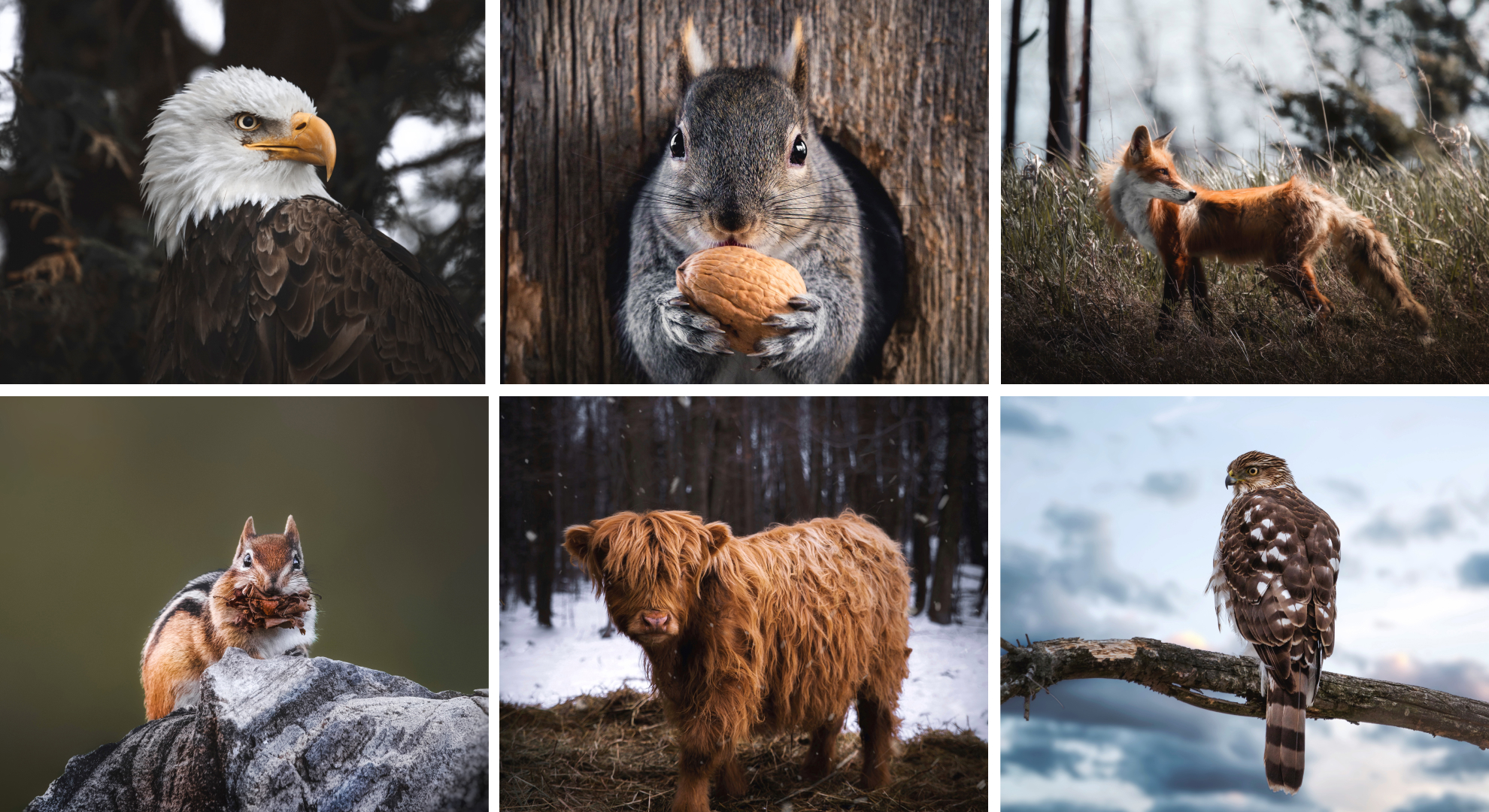
When did you first know that you wanted to be a photographer, and how did you pursue this dream?
Years ago, I started taking photographs with a friend at my cottage on a basic DSLR. We created a challenge— every day we would try to take a picture of a unique concept. I remember being so obsessed with the idea that I could create a scene with a camera from an idea in my head. Looking back, the photos weren’t very good, but I recall being so enthusiastic about them. This was during a time when social media was a brand new industry, so I did not feel obligated to share the shots online. In a way, I’m grateful for this early stage, because I got to learn and make mistakes at the beginning of my photography journey without ever feeling like I was comparing myself to others or being judged.
Today it’s more difficult. New photographers get bombarded with insanely good shots, and some can’t help but compare themselves and get discouraged. We all want to be exceptional right away, and it’s easy to forget that everyone grows at their own pace.
When I started getting inquiries from people wanting to purchase prints, and when I started getting paid to take photographs for commercial clients, I quickly realized there was a way to make a career out of photography. The jump from hobbyist to taking photography more seriously was a very quick transition.
Have you had any formal photography training and, if not, how did you get to where you are today?
I’ve had no formal training as a photographer. I feel that, in a way, that has been beneficial for me. I’ve been able to mold my style and approach from a blank canvas without pre-imposed “proper” or “improper” techniques and concepts.
Getting to where I am today has been such a long road, involving experimentation, tons of mistakes, and asking for guidance when needed. I still have so much to learn.
I do believe it is important to try shooting as many genres as possible. Not only will you discover what kind of photography you’re truly passionate about, but you will also find techniques that work well and crossover into other genres.
I’ve also been fortunate to have had tons of awesome mentors and role models in the wildlife photography community. It’s to your advantage to seek out inspirational photographers and ask them for guidance. We tend to forget how approachable a lot of prestigious and well-regarded photographers are.
How did you get into wildlife photography?
I got into wildlife photography very serendipitously. The people I was starting to surround myself with, and who I looked up to, were amazingly talented wildlife photographers. I’m a firm believer in the idea that “you start to become the people you spend the majority of your time with”.
Following my own advice of trying tons of different genres of photography, I bought a 600mm telephoto lens. I had only been a landscape and nature photographer (I still shoot these), and taken some portraits up to this point.
When I first got into wildlife photography, I felt like a pure beginner again. I didn’t know how to properly use my settings, I had a much bigger lens that I wasn’t familiar with, and I certainly knew very little about my subjects’ tendencies. That being said, I’m addicted to learning and pushing through challenges. This helped bolster my learning curve.
I started simply by photographing common things like squirrels and chipmunks and worked my way up to capturing more difficult animals like moose and Snowy Owls.
Wildlife photography, to me, is a puzzle to solve each time you go into the field. You have to stay mentally focused and anticipate the habits of your subjects, all while being nothing but confident dialing in your settings.
Can you tell us about the most memorable wildlife photo you have ever shot and what made it so special?
The most memorable wildlife shots I’ve ever taken were of the river otters on my 500px profile. It took me three months to find this particular pair. I was out snowshoeing on a frozen lake where I live in the winter. I was tracking back-and-forth, setting up trail cams, and enduring blizzards and freezing conditions at times. I knew they were in the area because I found their tracks and belly slide marks, but I couldn’t pin them down.
After three months, and constant strikeouts, I finally found the river otters I was in search of. There’s a lot of pressure when a moment like this finally presents itself. So many things can ruin the opportunity. You could scare the animal away, you could make a mistake with your settings while the moment passes, etc. Blocking out the nerves and remaining completely level-headed when an opportunity like that finally presents itself can be hard. This is my most memorable photo experience to date due to the amount of patience and perseverance it took physically and mentally to get those shots.
In The Photographer Mindset Podcast, you’ve spoken on how successful people have all experienced failure, and that it is their ability to learn from it that makes the difference. What are your tips for dealing with hiccups on a creative career path?
On the Photographer Mindset Podcast that I host, the guests and I talk a lot about how there’s no such thing as a “loss” or a “failure”, there’s only a lesson.
I think people who excel at their craft are the ones who are able to take those lessons, learn from them, and implement better strategies moving forward.
One of my best pieces of advice for dealing with hiccups on a creative career path is to push through and accept that there will always be good days and frustrating days.
There’s comfort in knowing that you’re not alone in your headspace, and that the photographers we look up to and find inspiration in have paid their dues. They’ve achieved their version of success because they’ve been passionate enough to stick through adversity. Photographers of all skill levels make errors. Missteps happen. How you choose to respond is what makes the difference between reaching your full potential or stagnating in your career.
What animal would you most like to capture that you haven’t already?
Two animals are on my wildlife photography bucket list. The first one is an Ontario elk. Roughly 600 elk are living in the entire province of Ontario, Canada, which makes them rare and difficult to find. I know out on the west coast, elk are very numerous. I’ve been fortunate to photograph the elk out in the Canadian Rockies, but I know that when I finally photograph an Ontario elk, it’s going to invoke a much different emotion.
The second animal on my bucket list would be a grizzly bear. I just don’t know if anything can compare to seeing an animal of that beauty, power, and size in the wild, especially one that’s native to your home country.
You’ve also stated that what makes a good editor is someone able to make decisions and stick with them. Can you expand on this and what are your editing tips?
When I first started in photography, I was editing shots that were taken on a Canon Rebel Ti5, which I think has something around 12 megapixels. I was striving to create some of these beautifully polished shots that I had seen showing up on my Instagram feed from photographers light years ahead of me in skill level. Most times their gear was higher-tiered than mine, but I didn’t want to make an excuse. It forced me to compensate by working tirelessly on my post-processing skills just to barely come close to creating finished shots that I thought might be able to fit in with the shots I was so mesmerized by.
For a while, I was looking at shots that I loved, and trying to reverse engineer them in Lightroom. This helped me to figure out the functions of the sliders and how they each affected the final look of an image.
People who are strong editors are very good at making decisions and sticking to them. They are not constantly second-guessing themselves, and are great at avoiding the time-sucking pit of perfectionism. Often “good enough” is actually “outstanding”.
What equipment is in your kit bag?
I’ve been a Canon shooter my whole life. Right now, I’m shooting with the Canon 6D, but am looking to make the switch from a DSLR to a Mirrorless body soon.
While pricey, gear can make things easier, I don’t believe that you need the best of the best in order to walk away with some awesome shots.
All my lenses are exclusively Sigma. I love Sigma glass, and it works great with my Canon body. They perform beautifully in the field under harsh weather and environmental duress, something that is super important as a wildlife photographer. They add an element of confidence when I’m out shooting, which is key.
My favorite Sigma lenses are the 24-70mm f/2.8, which I like to use for my landscapes. The second is the Sigma 150-600 mm lens, which I use for all my wildlife shots. It is an absolute beast and probably the best lens I’ve ever owned. The price to performance ratio is a steal in terms of value.
I also have both an arctic and summer camo wrap for my 150-600mm from Lenscoat for added concealment. I just switch them when the seasons change.
What are your top tips for capturing wildlife in its natural habitat?
The first thing I say to people when asked this question, is to always be photographing animals ethically. Anything that alters their natural behavior is unethical, in my opinion. This could be getting too close, startling animals so that they can be shot in action, baiting animals, etc. Always respect an animal’s well-being over any kind of potential shot.
That being said, the most important quality someone can have to try and get killer wildlife shots is patience and setting low expectations. If you go out with your expectations super high that you’re going to get a photo of something insanely cool, there’s likely a 99% chance you’ll be disappointed and get frustrated.
Wildlife photography teaches you how to deal with letdowns, and you become so normalized to seeing nothing the majority of the time that you no longer get disappointed. When things appear, your hard work and research will be satisfied.
Enjoy being outside and in nature, and treat any shots you get of wildlife as a bonus. If you have patience and persevere, you’re going to have success as a wildlife photographer in the long run.
Do you have anything exciting on the horizon that you can tell us about?
I’m looking forward to turning The Photographer Mindset Podcast into a more detailed online course and a book/audiobook.
I firmly believe that for anyone to be successful at what they’re doing, they need to develop the proper headspace to deal with setbacks, increase their confidence, and approach challenges smartly. I want to add value to photographers by helping them build the best foundation within themselves so they can reach their goals. I’m excited to take the focus of the mindset to the next level for creators by making the course and writing the book.
For people interested in keeping up with this, they can start by following the podcast. It’s free and available on all streaming platforms!
Check out past 500px Spotlights:
Teddy Tavan
Ash Camas
Aleksandra Lemke
Priscilla Ong
Dom Piat
Amel Herzi
Not on 500px yet? Click here to sign up.

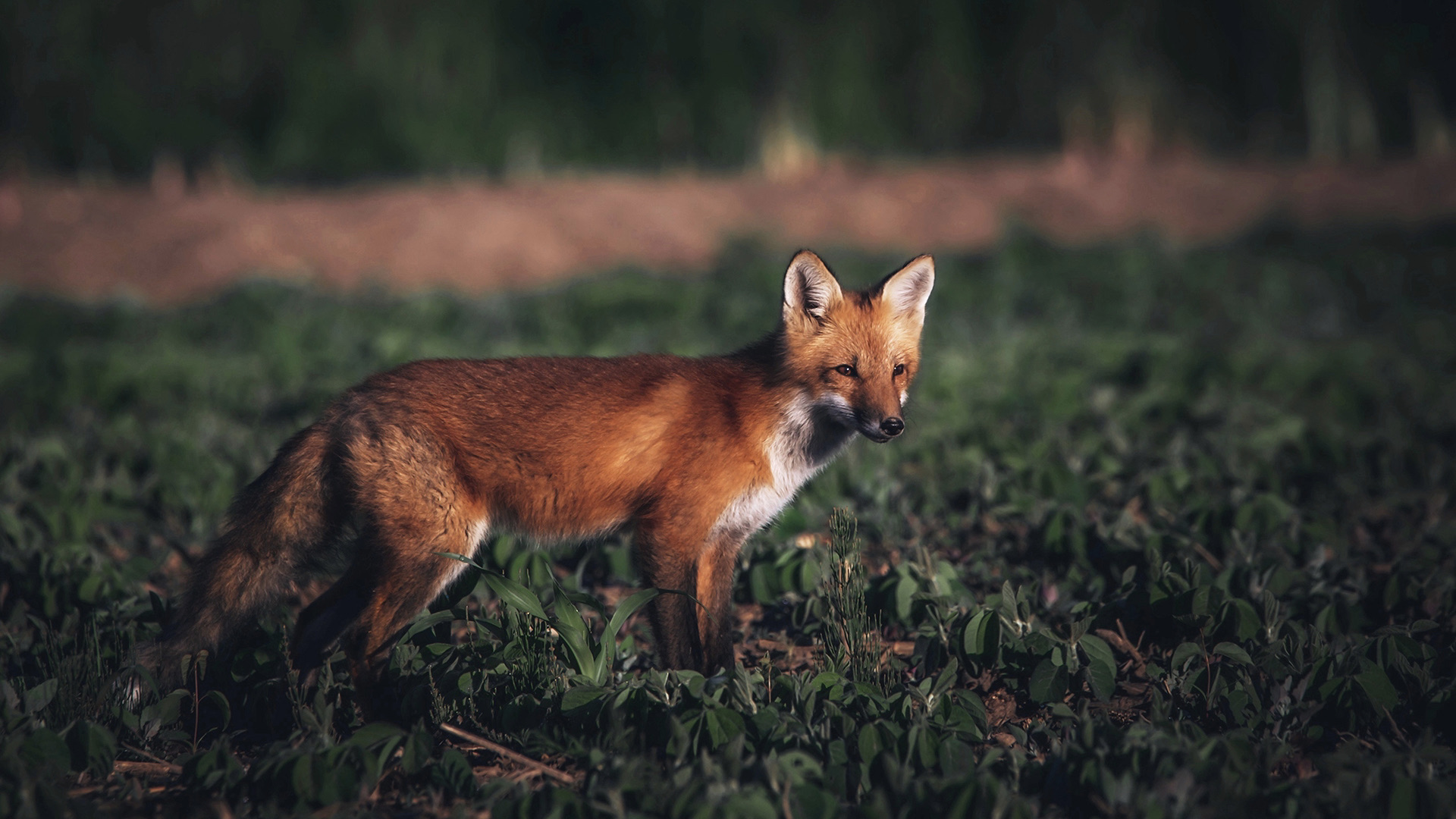
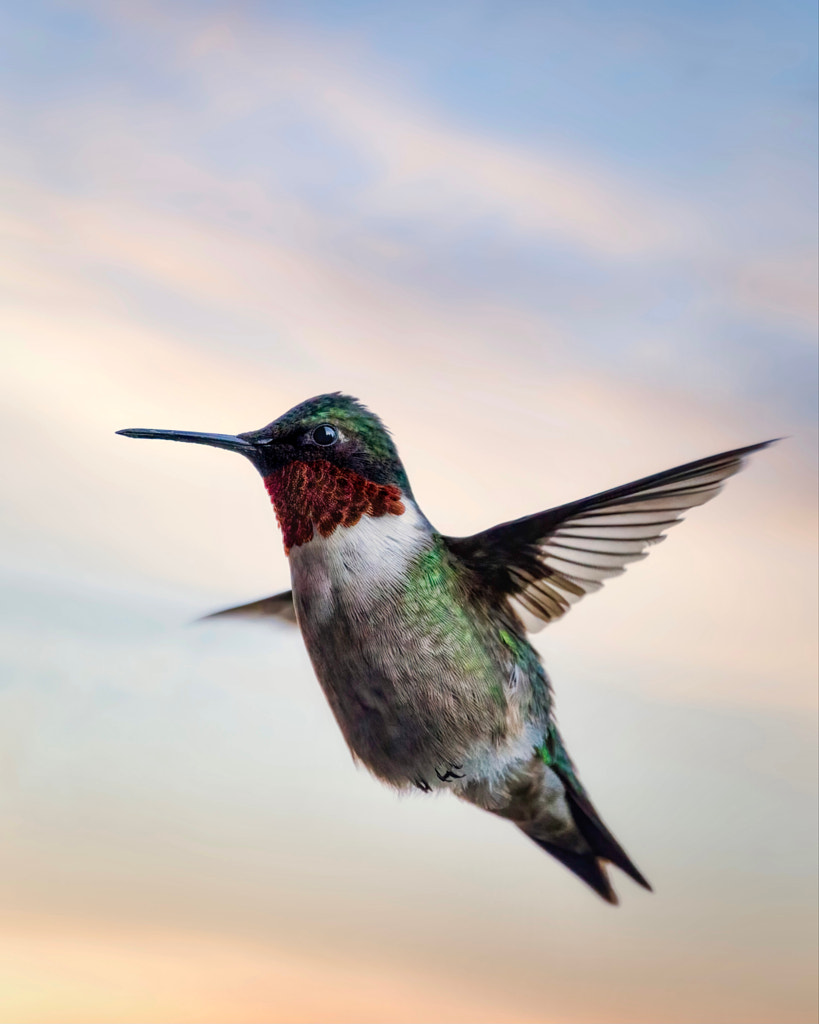


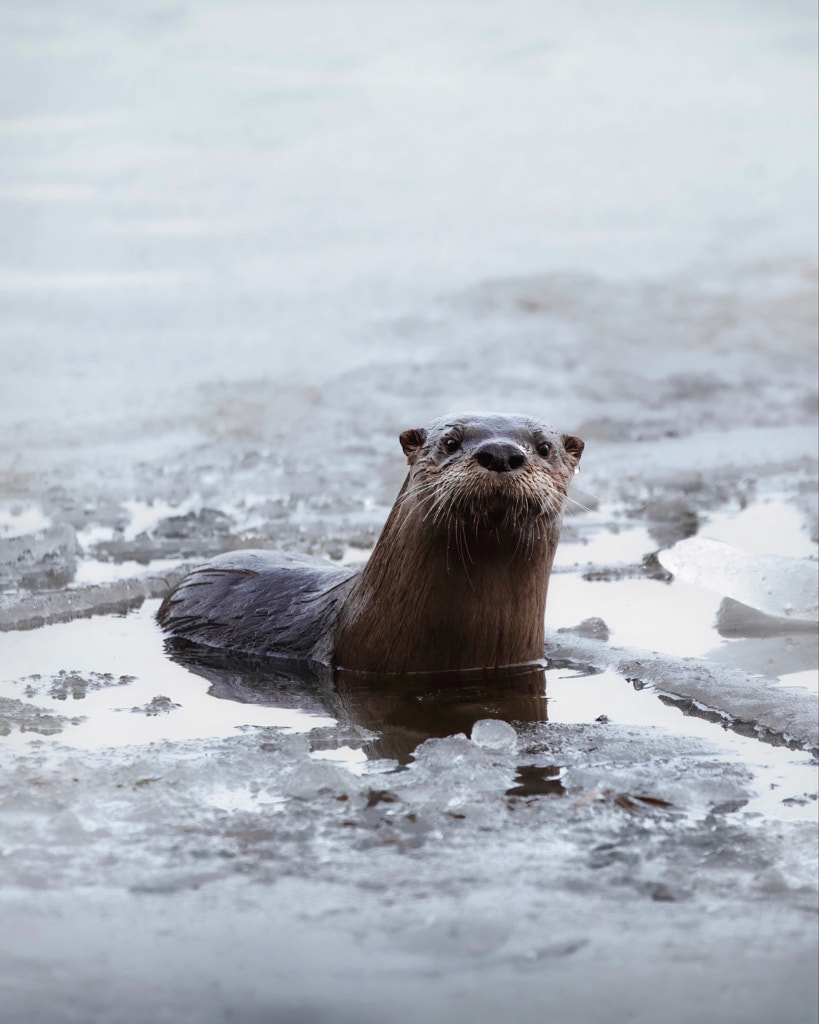
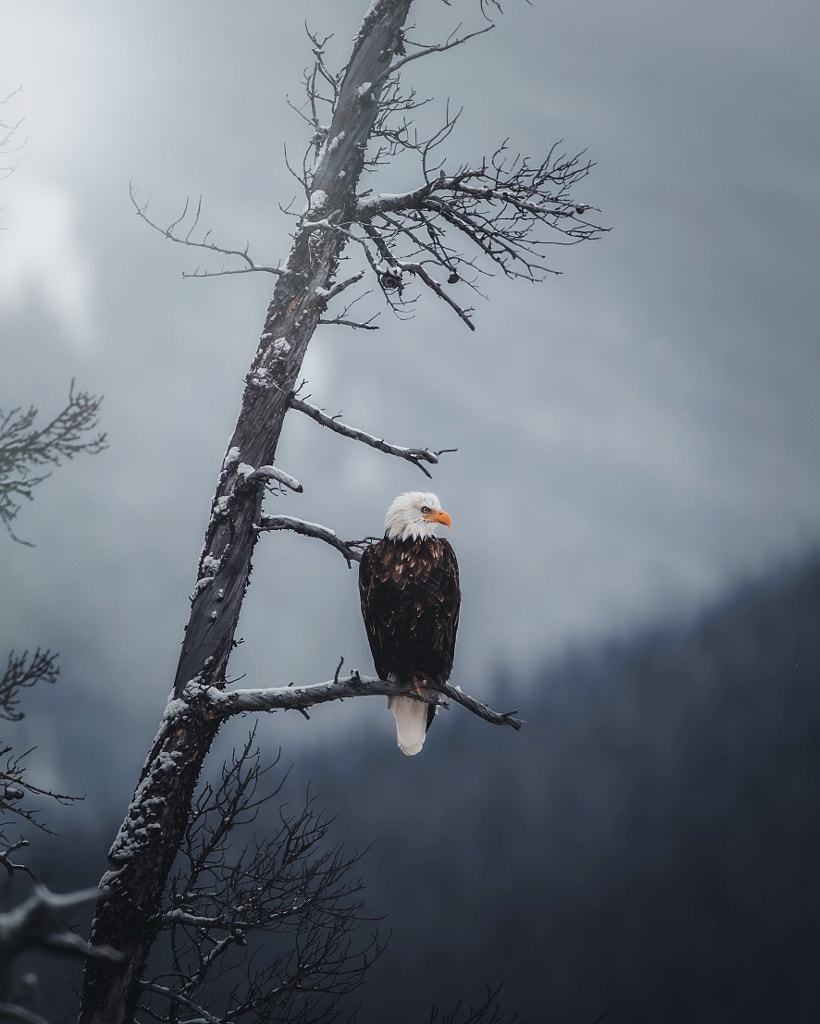
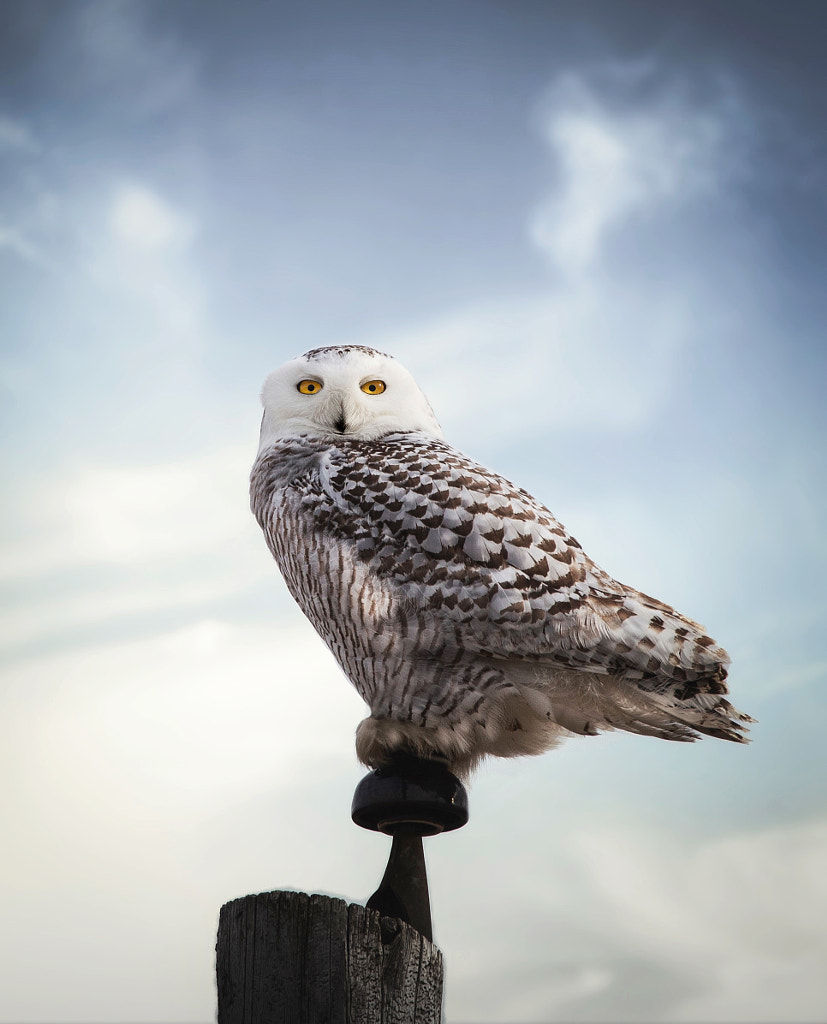
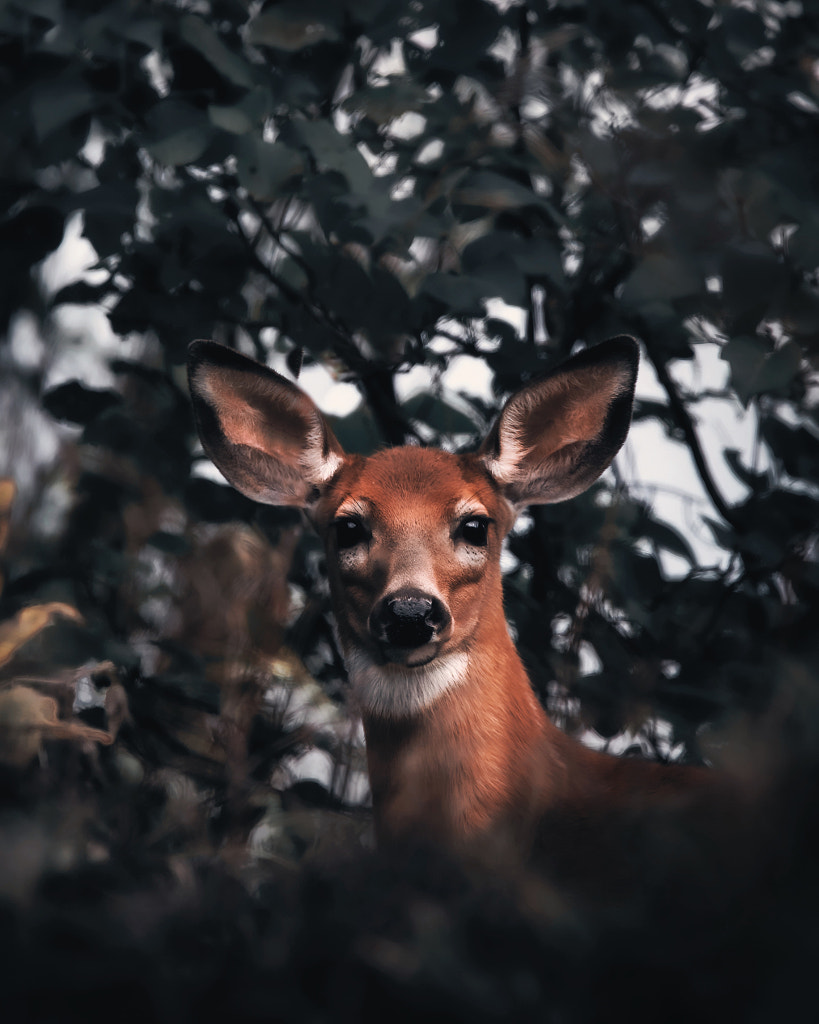
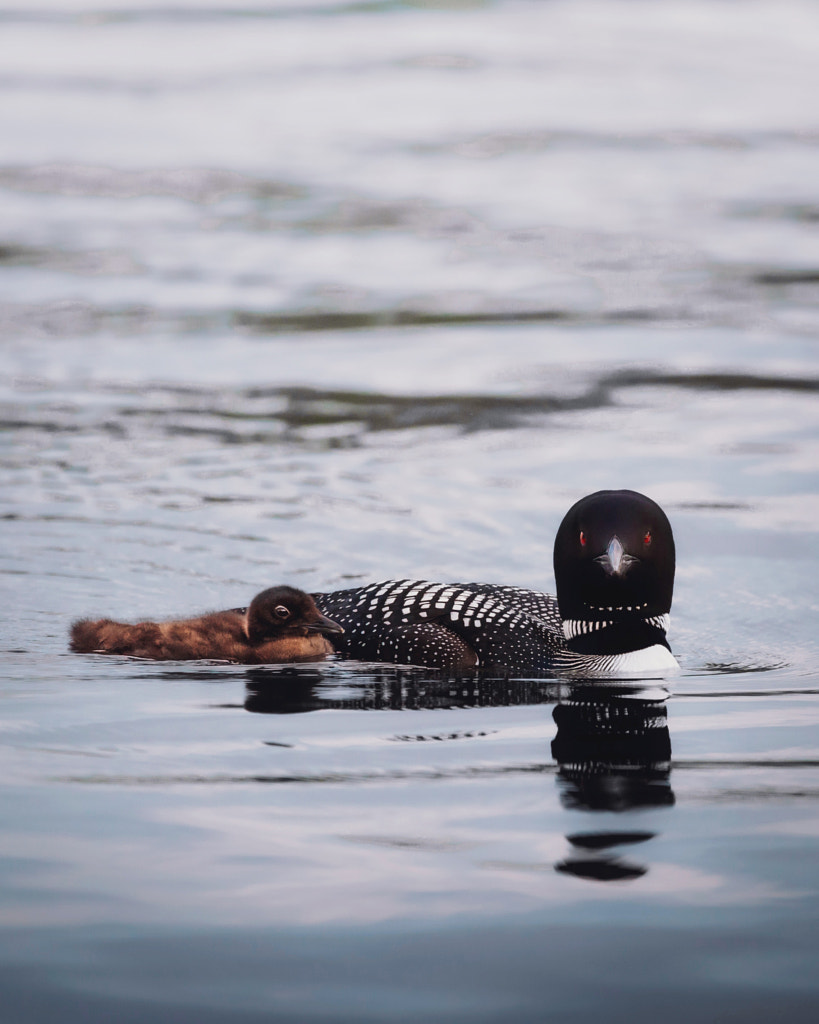

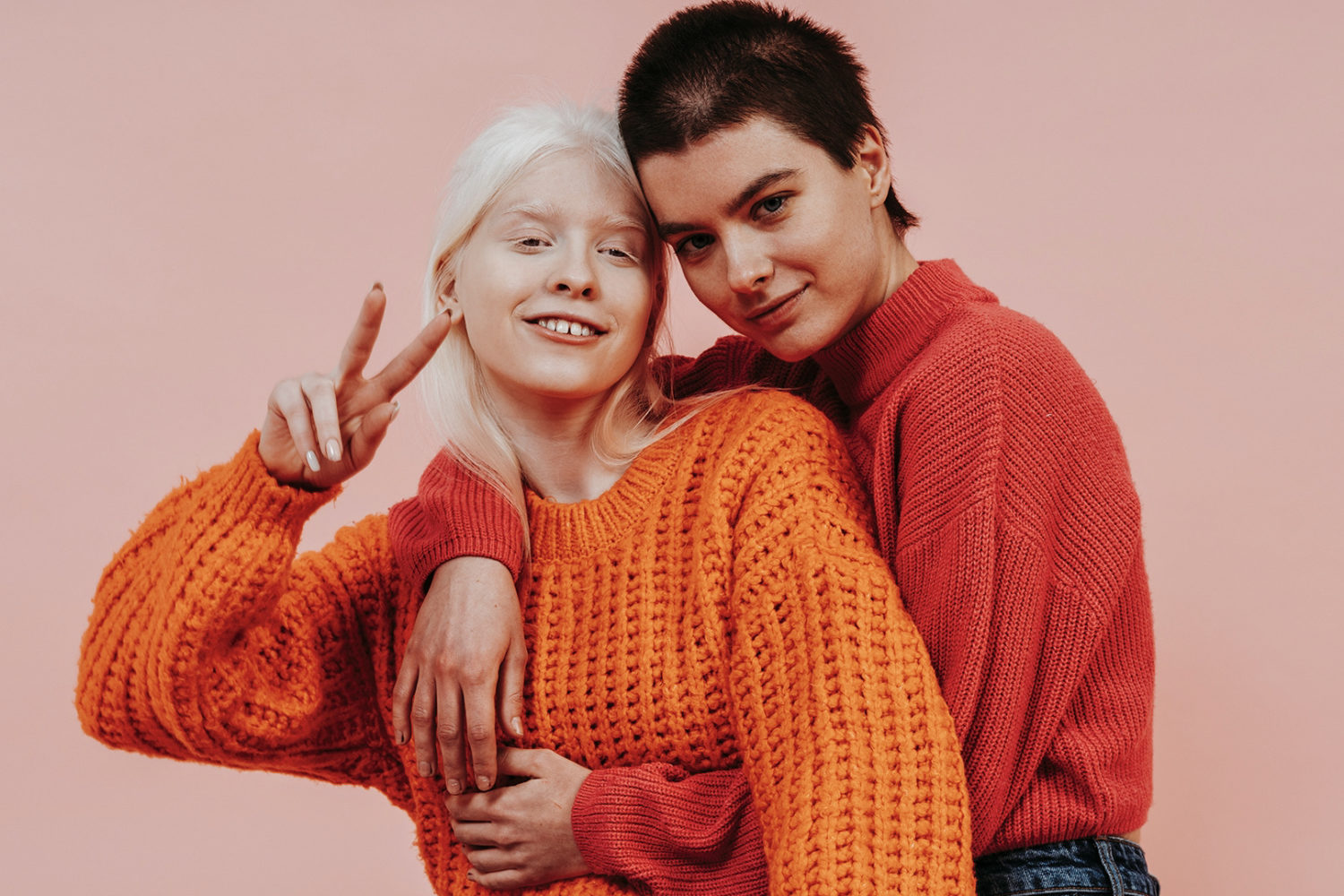
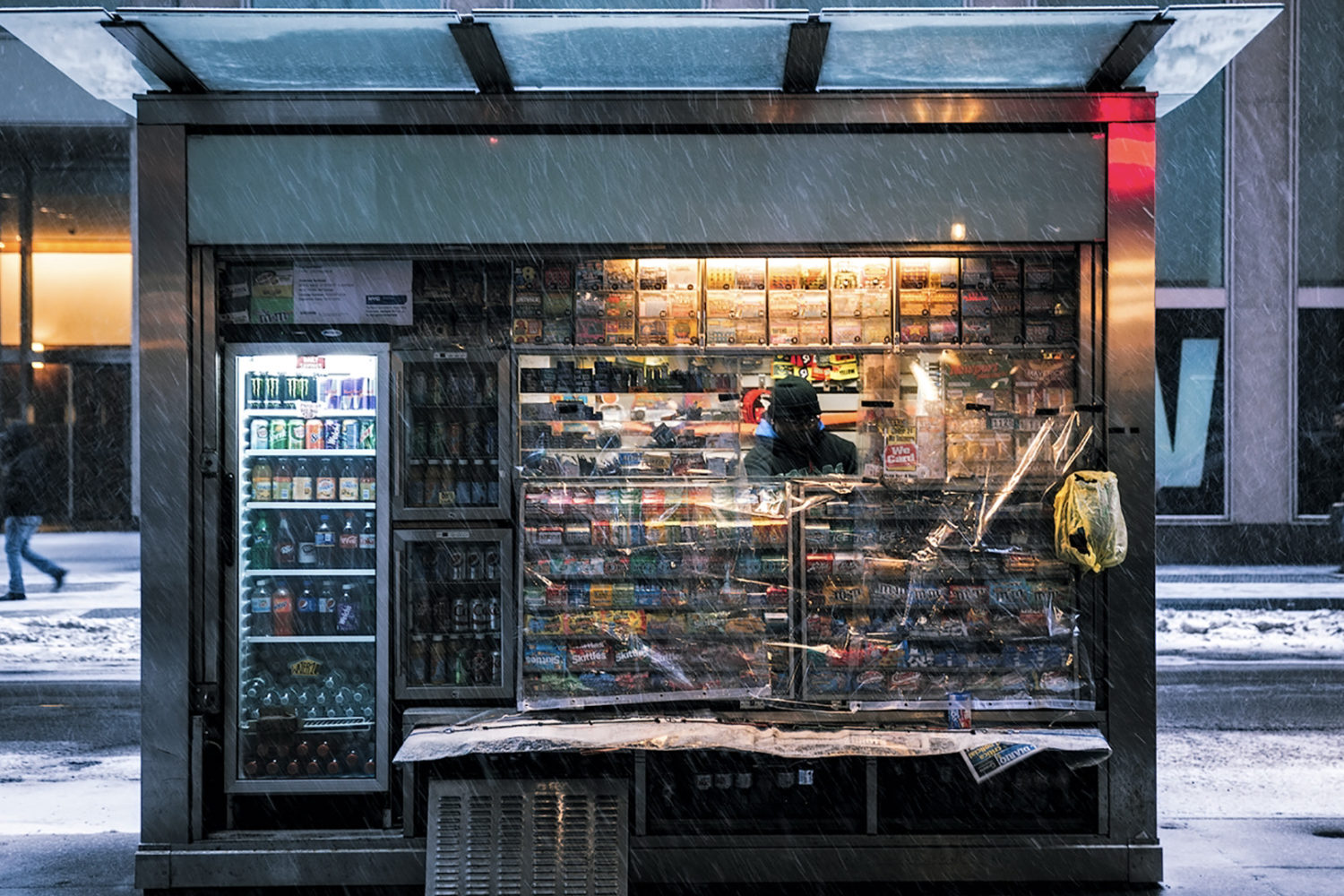

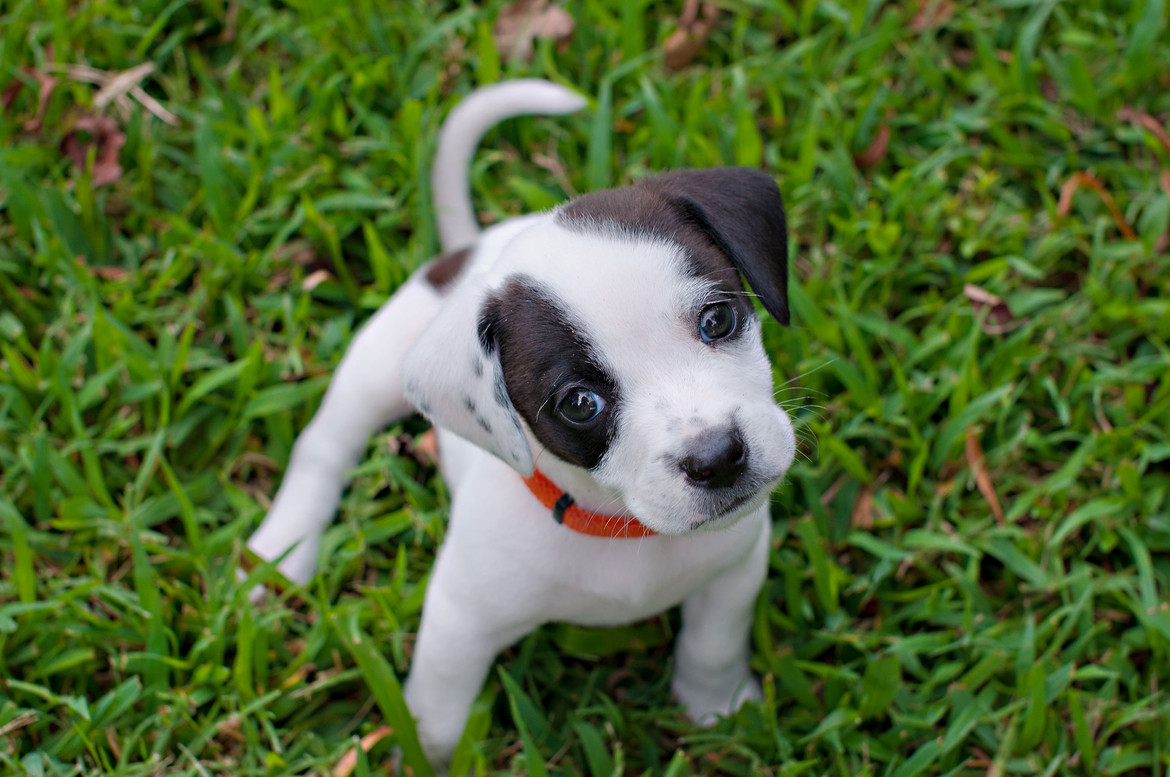
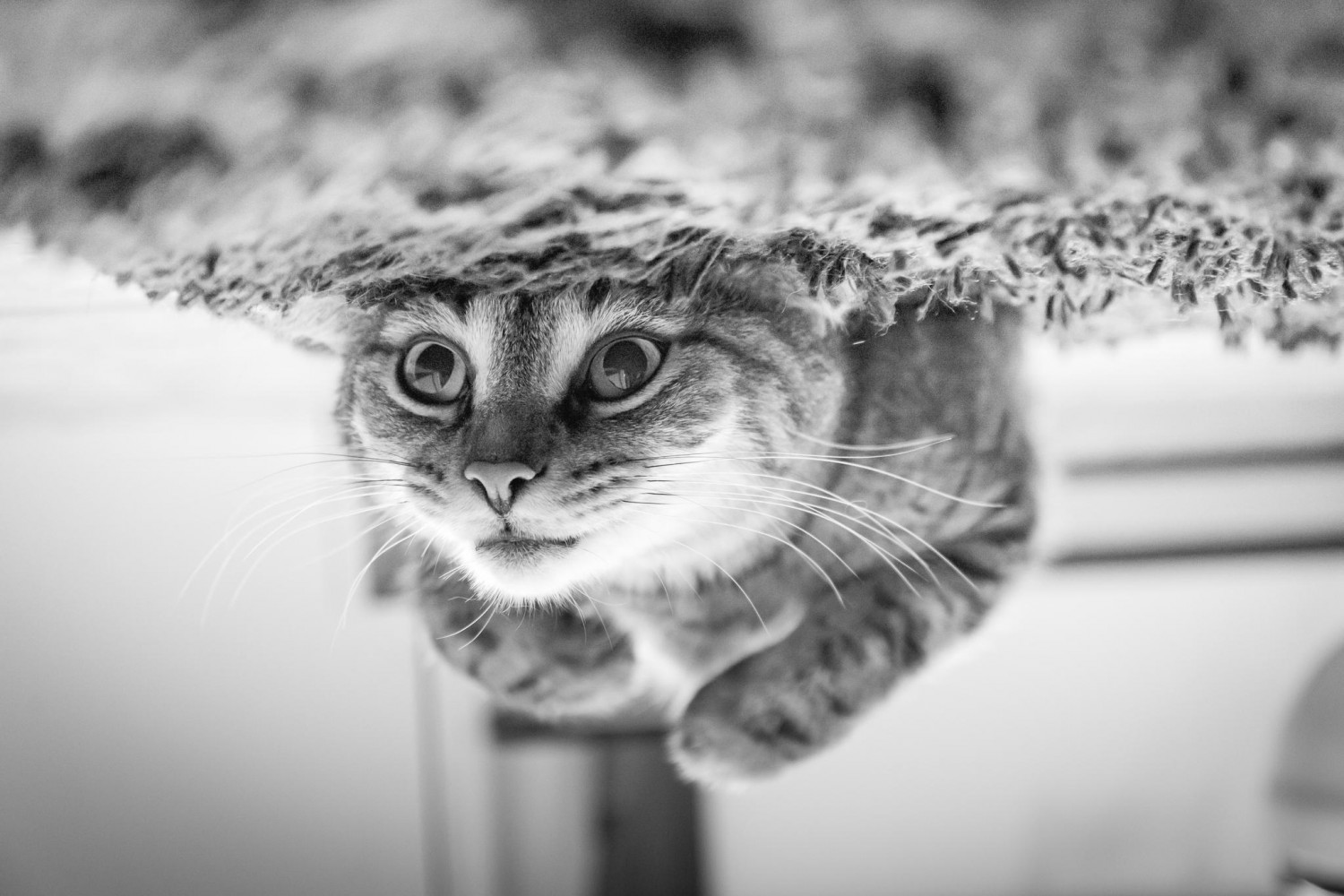
Leave a reply